
Disney’s take on Pocahontas wraps conflict and cultural loss into a neatly animated romance. But her real-life story was never meant to be simplified. Stripped of nuance and shaped for broad appeal, the film ignores powerful truths. These 20 lesser-known facts reveal the hardship and courage behind the woman whose history has been nearly silenced.
Pocahontas Was Only Around 10
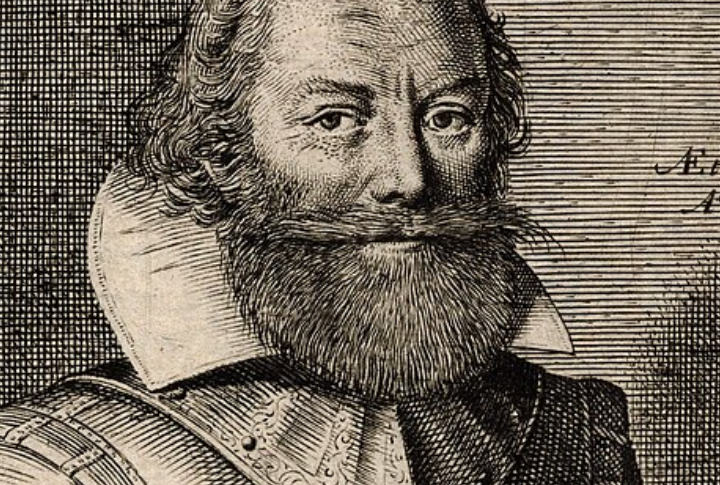
By the time John Smith arrived in Virginia in 1607, Pocahontas was just a child, likely around age 10 or 11. Smith himself described her as “a child of ten years old.” The romantic plotline popularized in film has no historical basis or cultural grounding.
Her True Name Was Matoaka
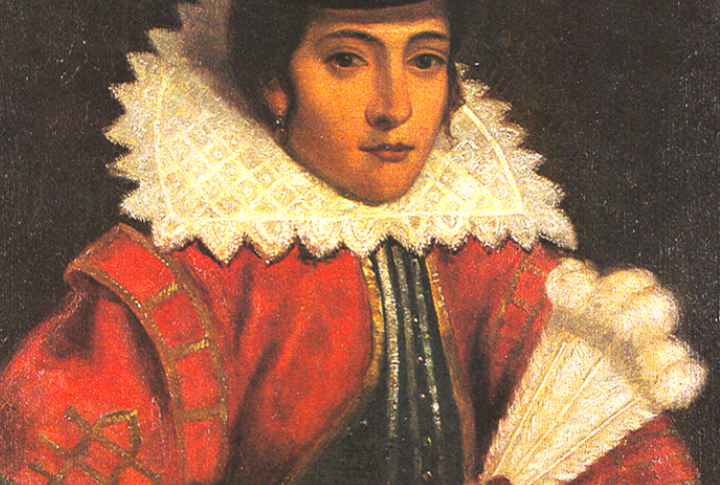
Pocahontas was actually a nickname meaning “playful one.” Her formal name used in tribal and ceremonial contexts was Matoaka. After converting to Christianity, she was renamed Rebecca. Hiding her true name was a cultural act meant to protect her identity and spirit from harm.
The John Smith Rescue Is Questionable
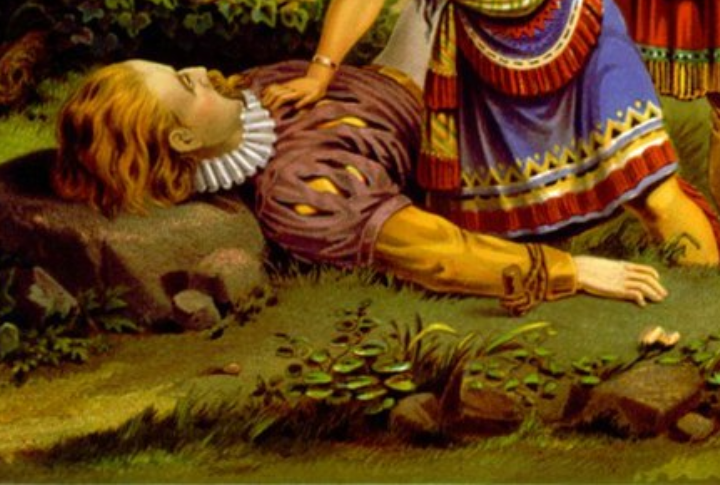
John Smith never mentioned being “rescued” by Pocahontas until many years after the event. Historians believe the dramatic tale may have been a Powhatan adoption ritual rather than an act of defiance. Later embellishments blurred the cultural context, turning the ceremony into something fictional.
She Was Taken Hostage By Colonists

In 1613, Pocahontas was captured and held by English colonists during escalating tensions. The kidnapping was a strategic move to manipulate her father, Chief Powhatan. She remained under guard for more than a year, cut off from her community and home.
Her Husband Was John Rolfe
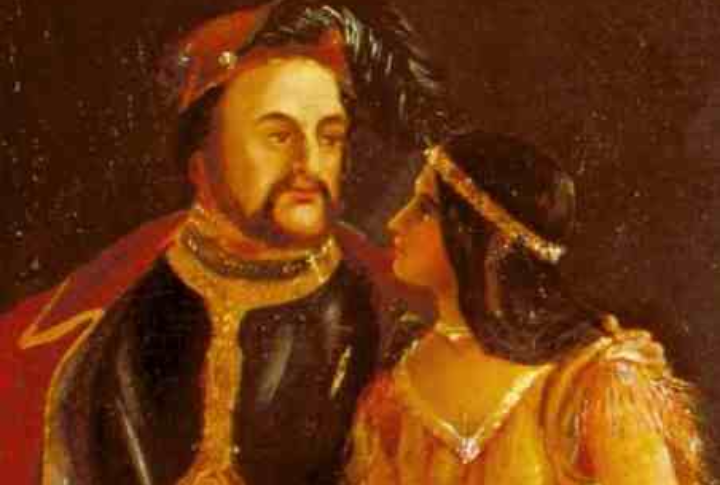
Despite popular depictions, Pocahontas did not marry John Smith. She wed tobacco planter John Rolfe in 1614, forming a political alliance aimed at calming hostilities. Their union produced a son, Thomas Rolfe, who was raised with English customs and later returned to Virginia.
Her Conversion Was Under Pressure
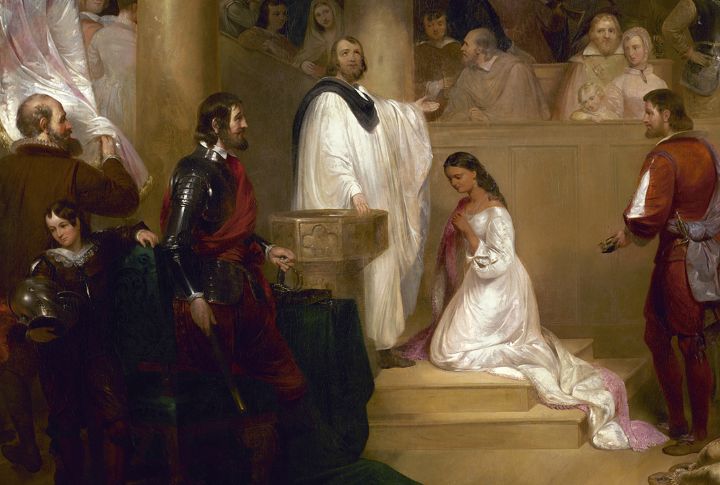
Pocahontas was baptized as “Rebecca” while living in captivity. Conversion wasn’t just spiritual—it was political, used to justify colonization and portray assimilation as progress. Her Christian identity became a tool for English propaganda, not a reflection of personal faith alone.
Her Trip To England Served Propaganda
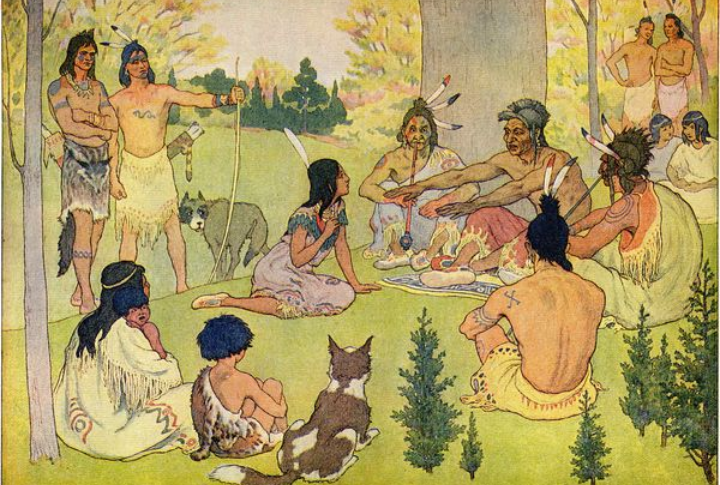
In 1616, Pocahontas traveled to England under Virginia Company sponsorship. Her presence promoted the “success” of Jamestown and the potential of civilizing Indigenous people. She was paraded in English dress, photographed, and introduced to royalty to attract funding for the struggling colony.
She Died Far From Home At 21
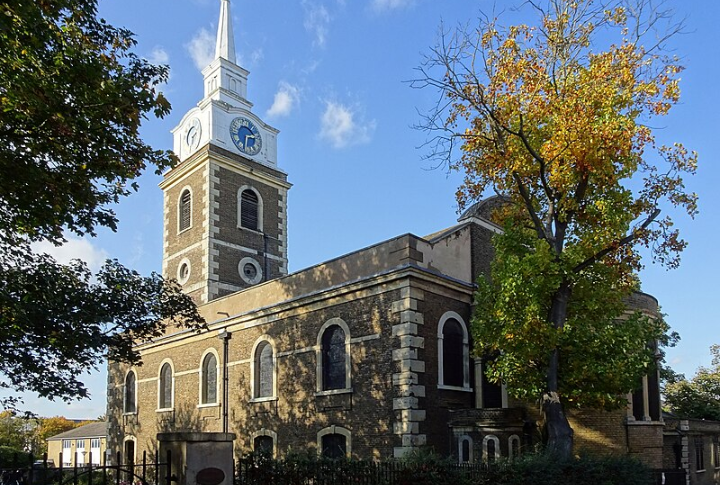
Illness struck as Pocahontas prepared to return to Virginia in 1617. She died suddenly in Gravesend, England, likely from pneumonia or dysentery. Her grave at St. George’s Church was never properly marked, and she was buried far from her ancestral land.
She Never Made It Back
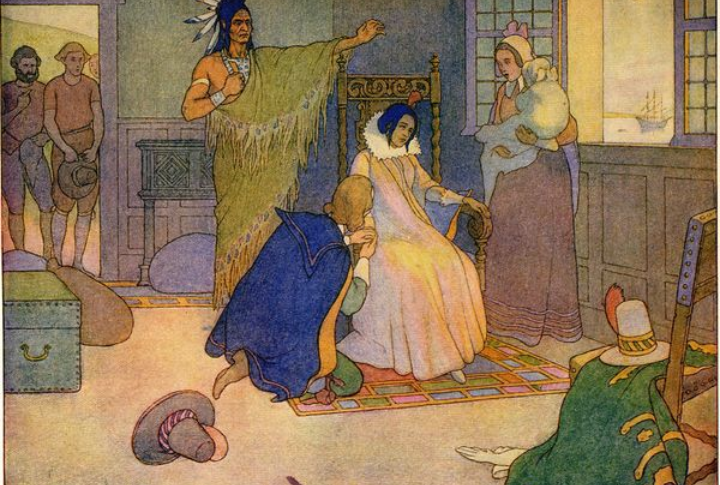
Pocahontas never returned to her people after departing for England. Her young son stayed behind as well, creating a permanent separation. Her tribe never saw her again after 1616, and the cultural rupture remained long after her death.
Her Image Was Used To Justify Colonization
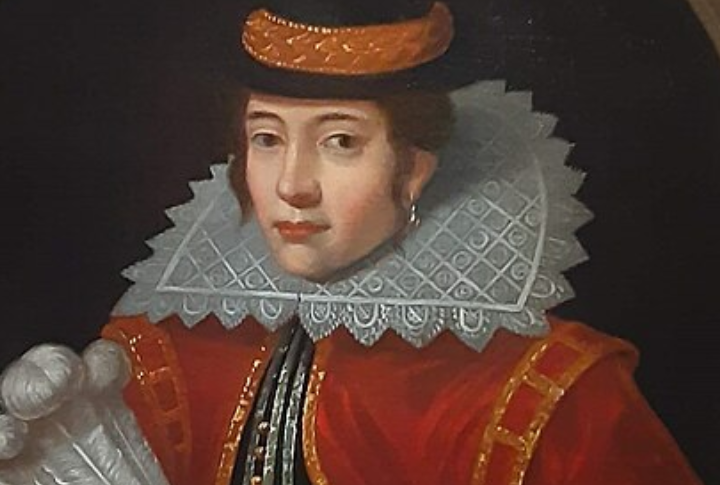
Colonial leaders painted Pocahontas as the ideal “civilized native”. Portraits aged her and altered her appearance to match English standards. Her image became a symbol used to soothe moral concerns about conquest, even as her people faced growing violence and land loss.
Her People Were Betrayed After Her Death

The brief peace following Pocahontas’s marriage didn’t last. By 1622, war erupted again between the Powhatan tribes and English settlers. Her father, Chief Powhatan, passed away shortly after she did, and colonists pushed deeper into Indigenous lands with devastating consequences.
She Was Captured Through A Tribal Betrayal
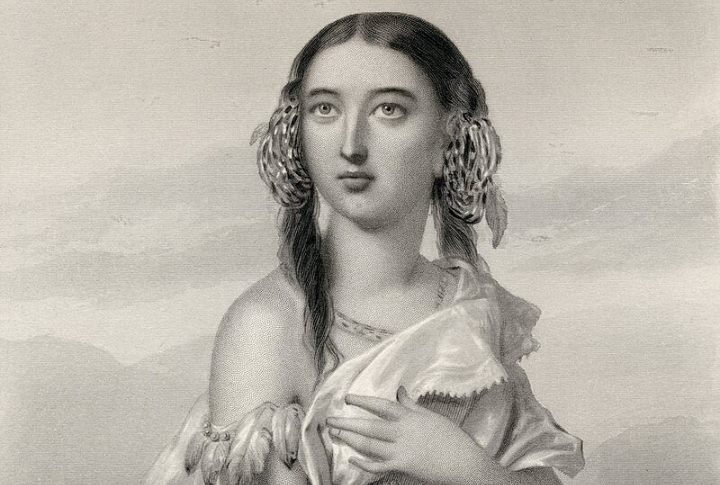
English colonists lured Pocahontas onto a ship near the Potomac River with help from Iopassus, a rival chief. The betrayal highlights internal tensions within Indigenous politics. Her capture wasn’t just a colonial act—it also revealed how tribal divisions could be exploited.
European Art Distorted Her Appearance
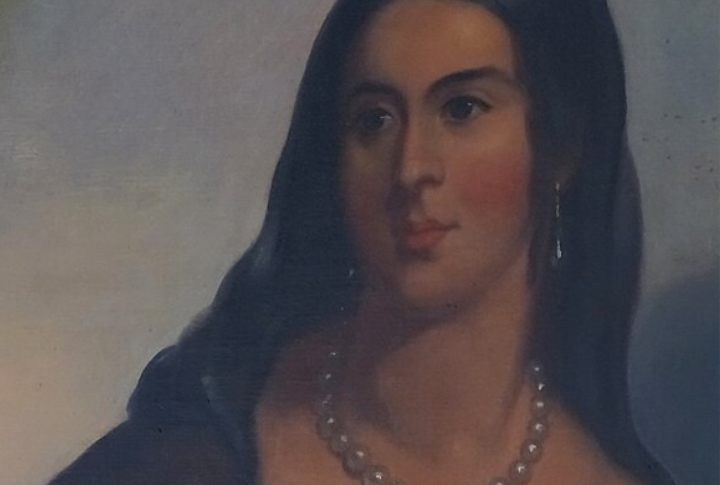
Paintings of Pocahontas were altered to meet European expectations. Artists erased her traditional dress and features, aging her to match English beauty ideals. One widely circulated image falsely depicts her in lavish royal attire, reinforcing colonial narratives rather than preserving cultural truth.
The Powhatan Confederacy Was Advanced
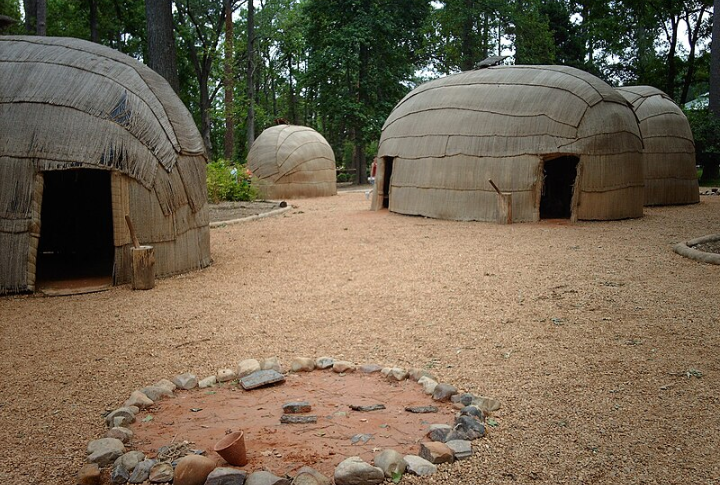
The Powhatan Confederacy included over 30 tribes and approximately 15,000 people. Their leadership, agriculture, lifestyle, and alliance systems were highly organized. Yet, these achievements are often overlooked in popular stories that portray them as simplistic or primitive.
Her Son Lived As An English Noble
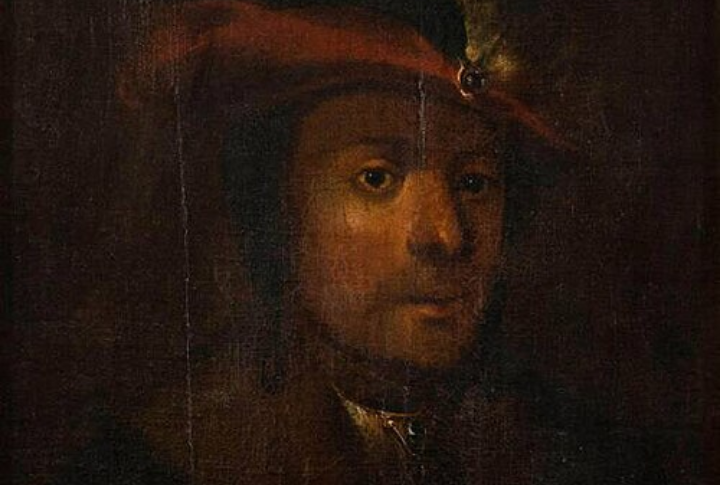
Thomas Rolfe was raised in England after Pocahontas’s demise. He received a formal education and was treated as an English gentleman. He later returned to Virginia, where he claimed land and established a family whose descendants became part of the colonial elite.
She Acted As A Diplomatic Mediator
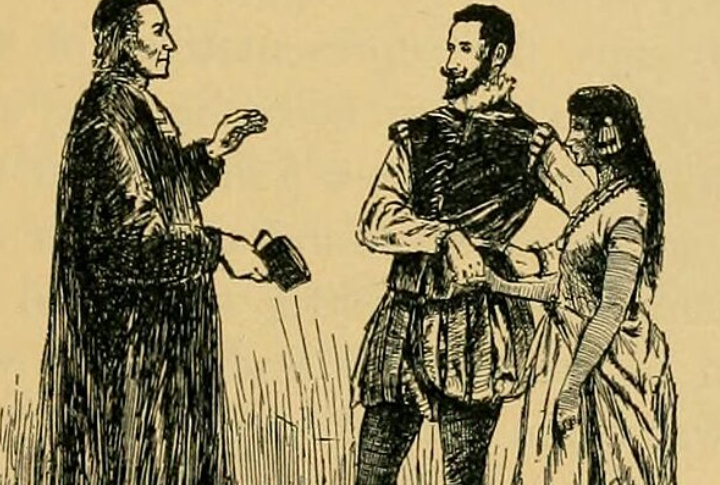
Before her captivity, Pocahontas played an essential role in keeping peace. She brought food to the starving settlers of Jamestown and helped de-escalate tense situations. Her diplomatic efforts were vital in early interactions between the Powhatan and the English.
She Was Likely Promised To A Tribal Ally
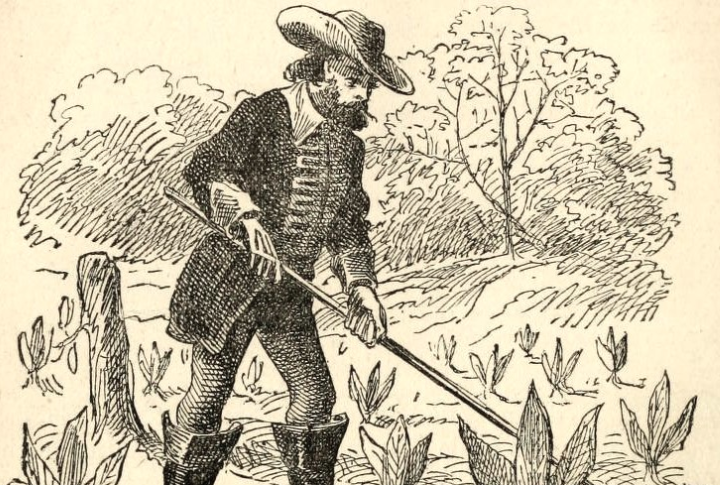
Powhatan tradition often arranged early betrothals to strengthen alliances. Hence, she may have been promised in marriage before her English wedding, which disrupted tribal expectations. Her union with Rolfe was never formally recognized by her people and created a cultural rift.
Her Relationship With Her Father Was Strained
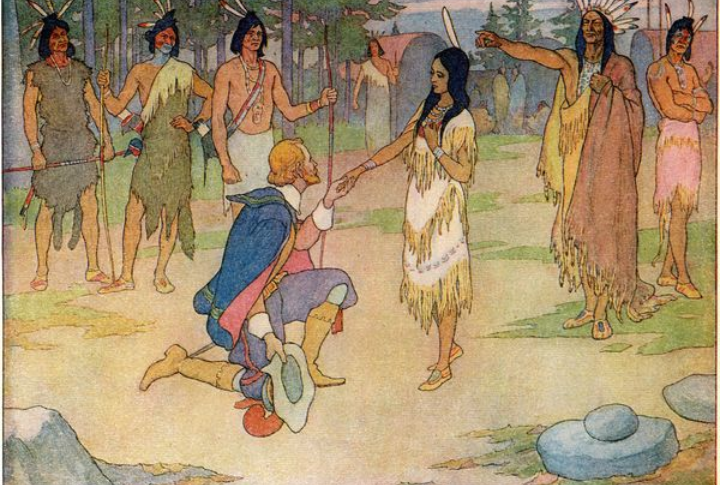
During her captivity, Pocahontas’s relationship with Chief Powhatan grew distant. He refused to trade English prisoners for her release. Despite this, he mourned her deeply after she died, and her passing marked a turning point for the entire confederacy.
Disney Ignored Her Real Struggles

The animated film replaced history with fantasy. It left out her kidnapping, forced conversion, political use, and early death abroad. In reshaping her story for mass appeal, Disney turned a painful chapter of colonization into a sanitized romantic adventure.
Native Communities Still Honor Her Legacy
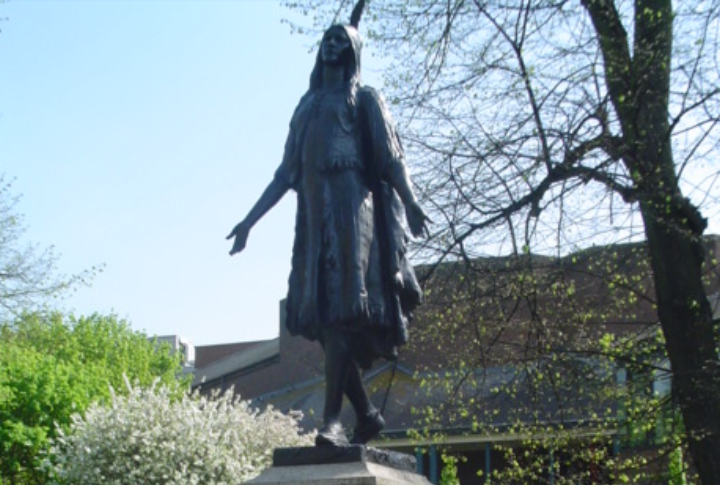
She remains an enduring symbol among the descendants of the Powhatan. Her story is used to challenge stereotypes, revisit history, educate the public, and reclaim Indigenous narratives. Despite centuries of distortion, her memory lives on through activism and a push for historical truth.

